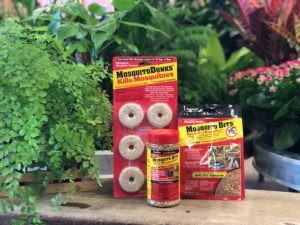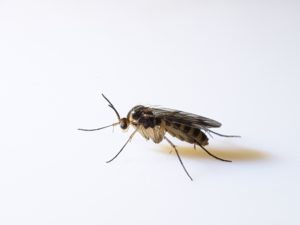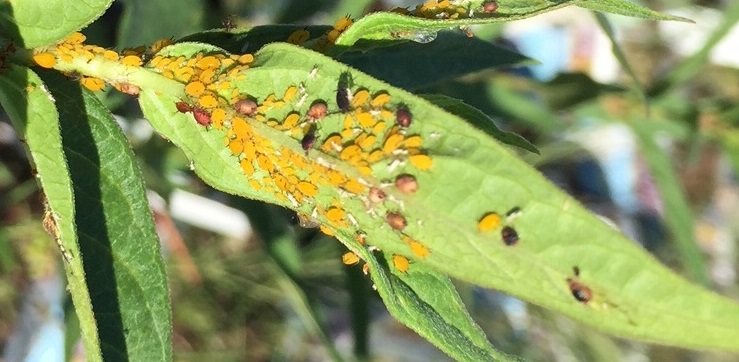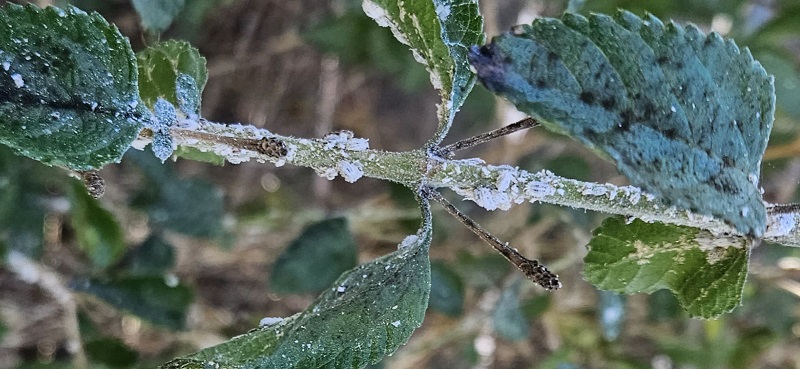Almost all of us have wondered about those little black gnats that seem to come with our houseplants. What are they and how can we get rid of them?
Fungus gnats are interesting little insects. The adults, which are what you see flying around and being a nuisance, have not been found to do much of anything but lay eggs in soil. They do not feed on the plants and do not bite, and they only live for about eight days.
Fungus gnat adults may lay from 30 to 200 eggs a day on top of moist soil. The eggs hatch into tiny larvae, which are clear to white with shiny black heads. The larvae feed on decaying organic matter in the soil. If there are many larvae present, they may feed on root hairs of the plant. A common symptom of rapid loss of root hairs in houseplants is leaves falling off when green. (This does not apply to Weeping Fig, Ficus benjamina, as they will drop leaves whenever they are moved!)
Fortunately, these pesky flying gnats are relatively easy to control. Here are a few different methods:
Yellow sticky traps: Use a clothespin to hold the sticky trap and stand it up in the soil at the top of the pot. It will catch the adults, and when they have been eliminated there will be no more eggs and larvae.
Mosquito Bits: Sprinkle this biological control on top of the soil and water it into the soil. It is Bacillus thuringiensis subspecies israelensis, or Bti, the same product we use to kill mosquito larvae. Repeat applications every 5 days until no more gnats are present.

Pyrethrins: This low-toxicity insecticide may be sprayed to control the adult gnats and also drenched through the soil to kill the larvae.
Cultural methods: Since the fungus gnats require moist soil to reproduce, allowing the soil to dry as much as possible without harming the plant will help a lot. Do not water your plant in a saucer and allow the water to be re-absorbed from the saucer. Take the plant to a sink or outside to water and let it drain well before bringing it back inside. Most cases of fungus gnat infestations are due to improper watering methods and can be controlled by correcting the way that you water.
I always recommend “double potting” or setting the plastic nursery pot down inside a ceramic pot, for this very reason. It is much easier to take the plant to the sink to water if it is in a plastic pot. (It makes transplanting so much easier too!)
Take a tip from Mother Nature-if you have fungus gnats, you may want to re-think the way you are watering your plants!








Leave A Comment